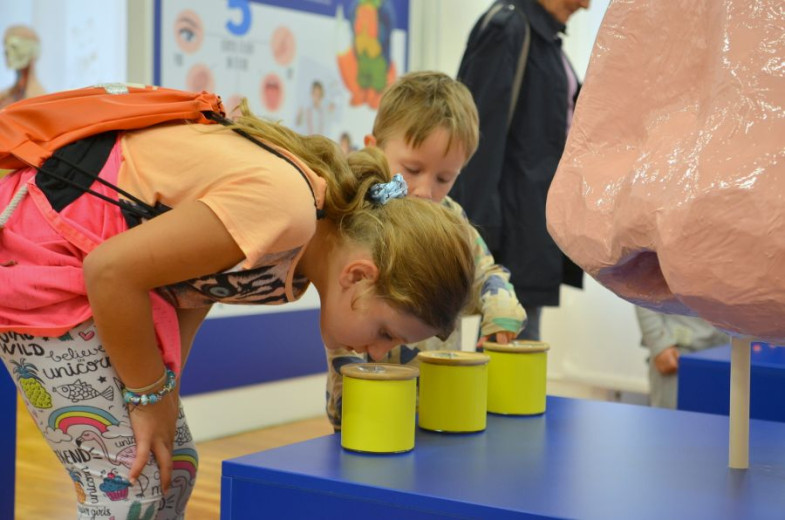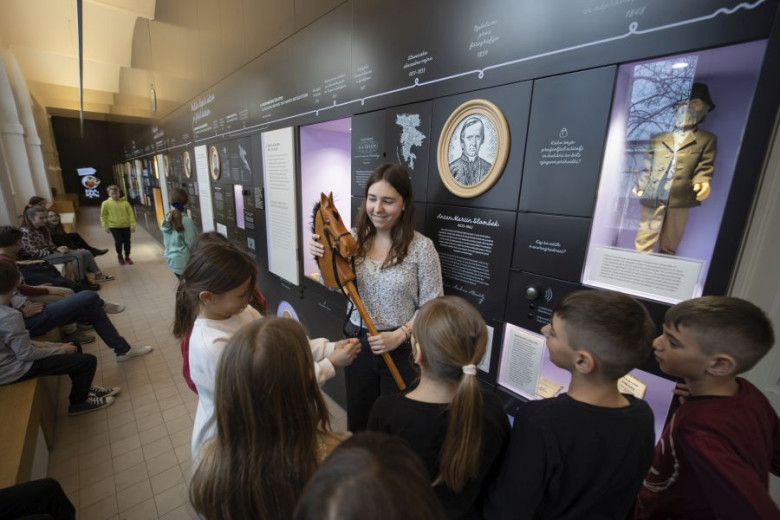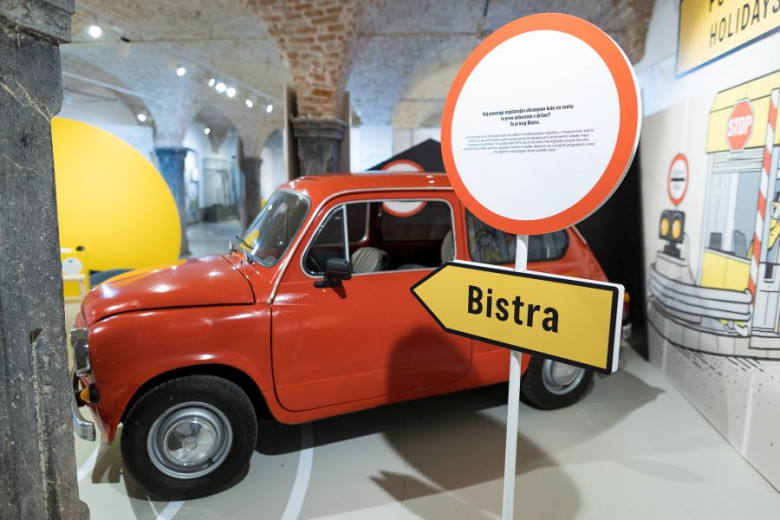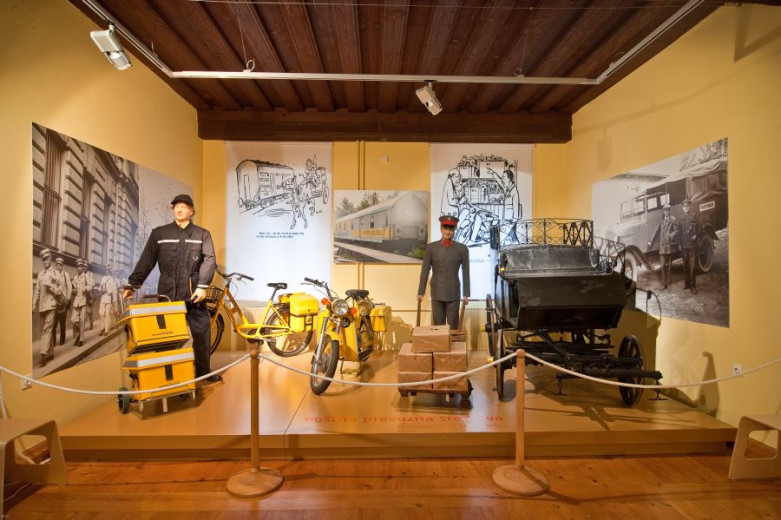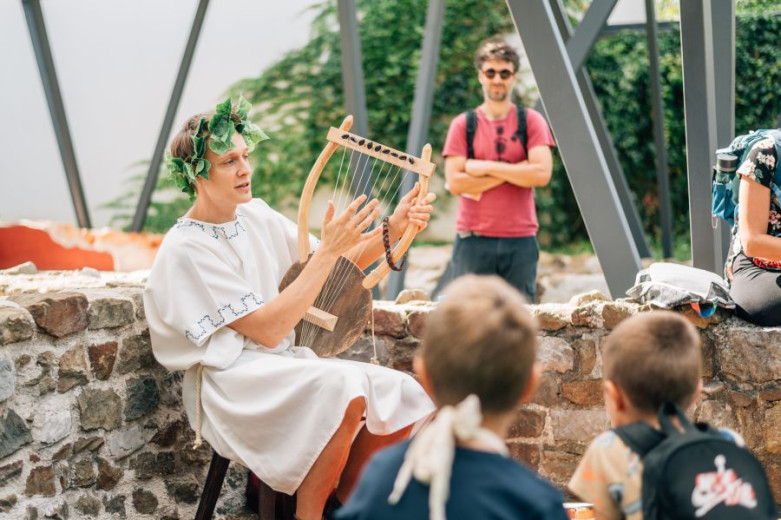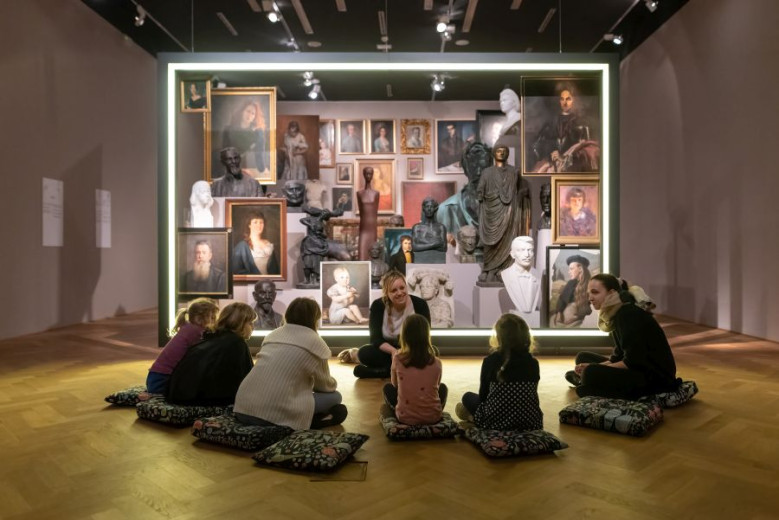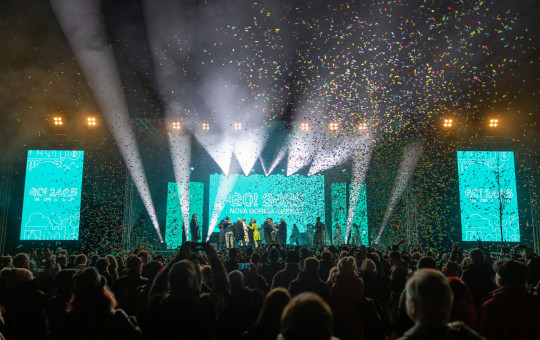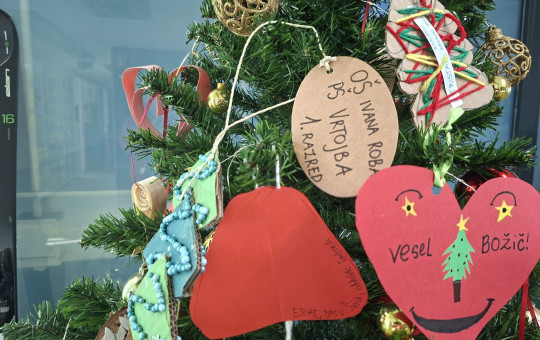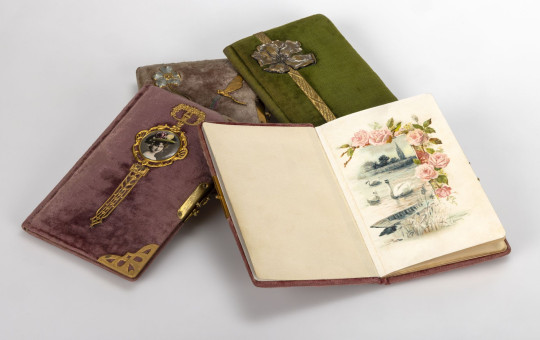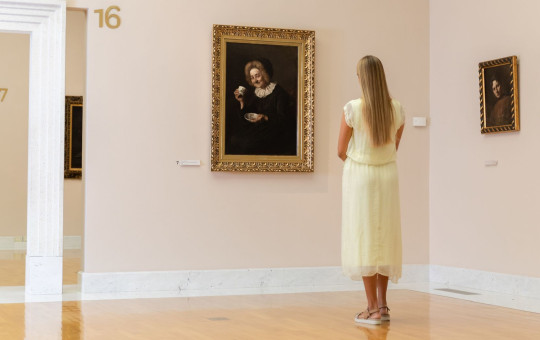Date: 10. January 2025
Time to read: 3 min
Museums are not just spaces that preserve objects of the past; they are also rich educational institutions offering opportunities for learning, exploration, and personal growth. For children, museums are special places where they can explore the world around them through play and experiences.
At a time when children are often surrounded by digital technologies and games, a visit to a museum provides a valuable opportunity to develop essential skills for their personal and intellectual growth.
Children are naturally curious and eager to explore their surroundings. Museums allow them to seek answers to their questions in a fun and interactive way.
As they visit exhibitions, children encounter new ideas, objects, and stories that expand their understanding of the world. Interactive exhibitions, especially those in science, technology, or natural history museums, encourage children to ask questions, test hypotheses, and develop their investigative skills.
Museums are not merely places to observe exhibits but also spaces where children can hone their critical thinking skills. When examining displays, they are encouraged to ask questions about historical events, scientific achievements, or works of art.
This helps them develop analytical thinking, as they learn to identify causes and effects and connect pieces of information.
Exploring Through Play and Stories
Slovenia offers a rich variety of museums that are not only treasure troves of knowledge but also spaces for exploration, play, and unforgettable experiences for children. Many museums have adapted their exhibits for young audiences by adding interactive elements and fun activities that take young visitors on a journey through time, science, and art.
Here are some of the most popular museums for children and entertaining anecdotes proving that museums are never boring:
-
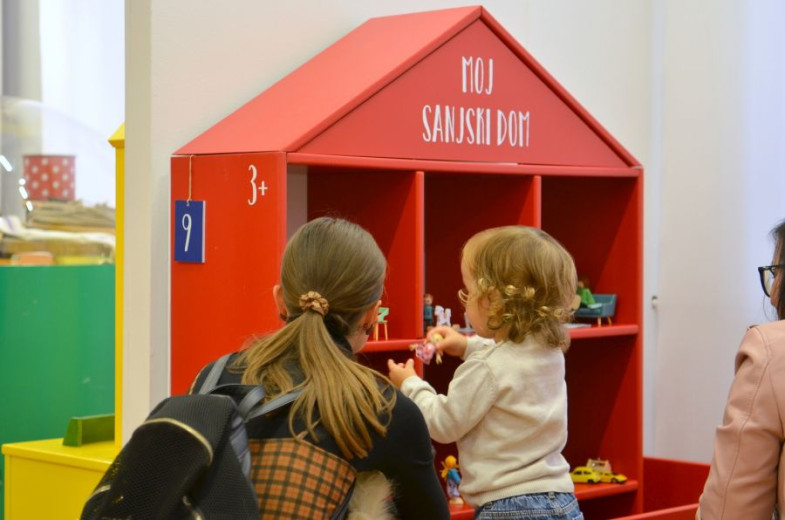 As children explore historical periods or artistic styles, they develop a deeper understanding of their cultural environment and the wider world. Photo: Egon Horvat/MNZCPhoto:
As children explore historical periods or artistic styles, they develop a deeper understanding of their cultural environment and the wider world. Photo: Egon Horvat/MNZCPhoto:
-
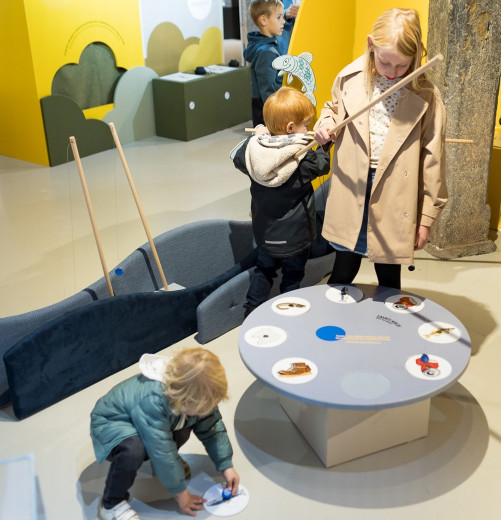 In 2014, the Children’s Museum also created a permanent exhibition called The Den of Toys, featuring collections such as Children’s Lives, Good Toys, and Herman’s Gallery. Photo: Egon Horvat/ MNZC
In 2014, the Children’s Museum also created a permanent exhibition called The Den of Toys, featuring collections such as Children’s Lives, Good Toys, and Herman’s Gallery. Photo: Egon Horvat/ MNZC
Museum of Recent History Celje – Children's Museum
This museum houses the only children's museum in Slovenia, called Herman's Den, aimed primarily at children under 12. Its mascot is Herman the Fox.
The museum showcases more than 400 toys, including teddy bears, tin soldiers, hand puppets, dolls, and wooden cars. The oldest toy is a clay animal on wheels, found in a child’s grave from the 7th century BCE.
Visitors can also view toys from private collections worldwide, including Africa, Japan, Latin America, and Australia. A special “toy” – a tree symbolizing outdoor play – decorates one wall of the exhibition space. Children not only observe displays but also participate in museum tasks. The museum's goal is to raise awareness about the importance of preserving Slovenian and cultural heritage while promoting sustainability.
Slovenian School Museum
The Slovenian School Museum, open since 1898, offers an interesting insigjht into the history of the educational system and pedagogy in Slovenia. The developement of the educational system through centuries, illustrated by the museum's permanent collection, is placed within the context of a broader cultural history. The Museum holds a library with more than 55.000 tittles, including pedagogical books, reconstruction of classroom, educational room, where childrens learn about school lessons from the times of grandparents.
Technical Museum of Slovenia in Bistra
The Technical Museum in Bistra near Vrhnika is a treasure trove for curious children. In addition to its rich collection of cars, bicycles, and airplanes, children can try out old devices. One of the most popular activities is riding a replica of an antique bicycle with a large front wheel – balancing on this “prehistoric” vehicle is quite an adventure!
House of Experiments
The House of Experiments in Ljubljana is a haven for budding scientists. This interactive center allows children to experiment with scientific phenomena from physics and chemistry to biology. One of the most popular activities is the "invisible bridge walk," where children must rely on their sense of balance to cross an optical illusion. During an electricity experiment, one boy asked the presenter, "Does this mean I can now make lightning and become a wizard?"
-
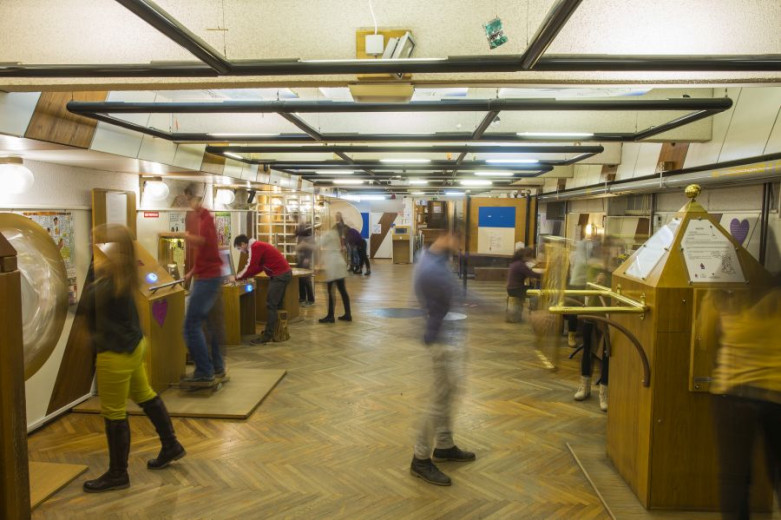 The House of Experiments is a center that empowers society through curiosity, creativity, critical thinking, and active problem-solving, often referred to as a science center. It also offers school visits with a mobile team, science competitions, and educational programs for children and teachers.. Photo: Branko Ceak
The House of Experiments is a center that empowers society through curiosity, creativity, critical thinking, and active problem-solving, often referred to as a science center. It also offers school visits with a mobile team, science competitions, and educational programs for children and teachers.. Photo: Branko Ceak
Museum and Galleries of Ljubljana
At the Museum and Galleries of Ljubljana (MGML), children can learn about the lives of pile-dwellers and practice archery. Children and families also enjoy the traditional event in September, where they get the opportunity to experience life in Roman Emona.
Jože Plečnik is the architect who made Ljubljana a beautiful city. Families can visit his house, which showcases his life and work. Children can also become architects - Plečnik’s students for a day.
Stimulating Child Development
A museum visit can also be an opportunity to develop social skills. As children explore exhibits with peers or parents, they learn to share thoughts, ask questions, and collaborate to find answers.
Many museum activities are designed to encourage cooperation, such as workshops or games where teamwork is essential to achieve a common goal.
So, the next time you’re thinking about how to spend free time with your children, consider visiting one of these museums – you might be surprised at how much you’ll learn too!

